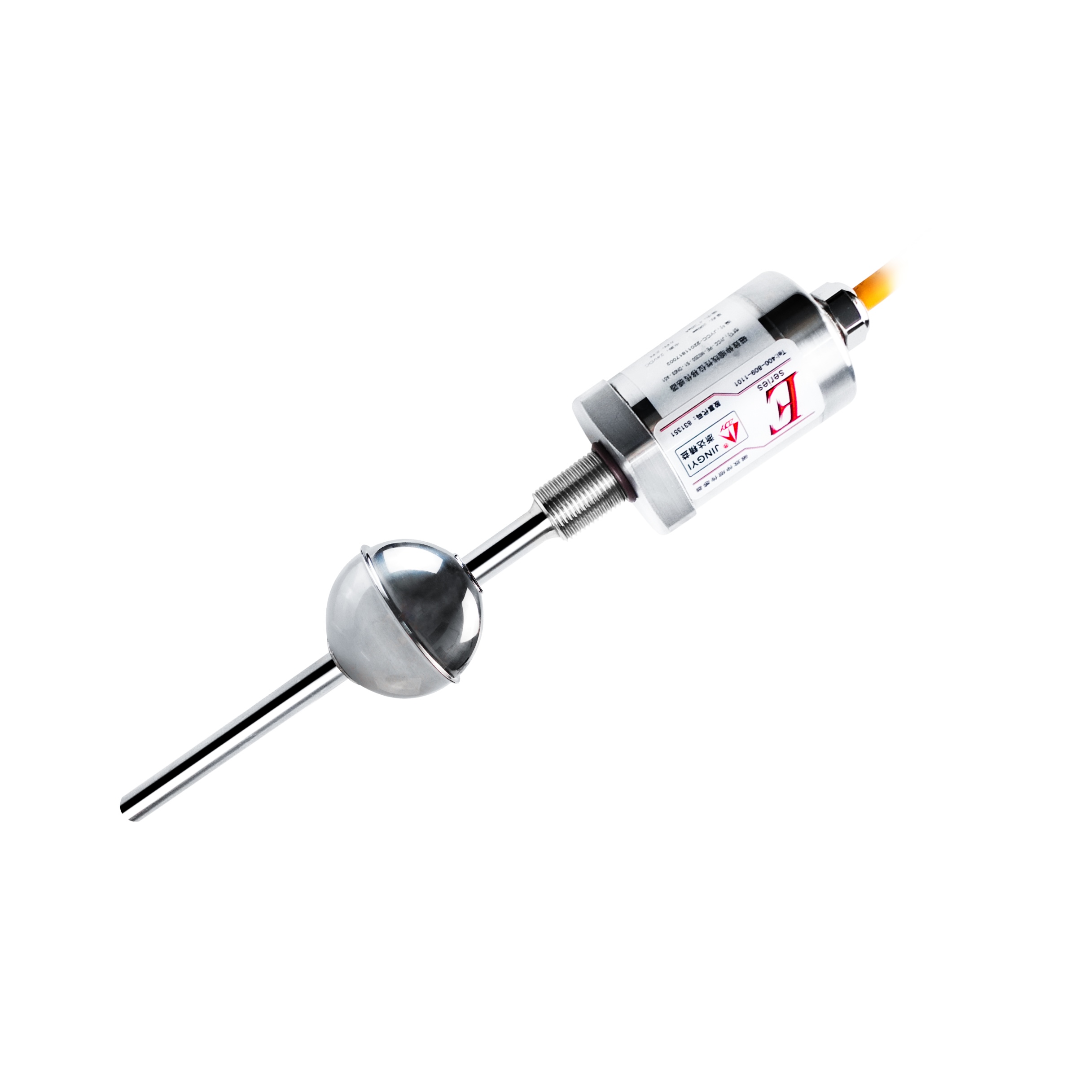How are magnetostrictive sensors applied in shipbuilding?
In the complex world of naval architecture, magnetostrictive sensors have emerged as transformative tools that bring unprecedented precision to shipbuilding processes. These advanced devices leverage the magnetostriction effect - where ferromagnetic materials change shape under magnetic fields - to deliver exceptional accuracy in measuring various parameters critical to maritime construction and operation.
Precision Hull Stress Monitoring Systems
Modern shipbuilders integrate magnetostrictive sensors directly into vessel structures to continuously monitor hull stress during both construction and operation. These sensors detect micro-deformations in metal components, providing real-time data on structural integrity that helps prevent catastrophic failures. The technology enables engineers to measure stress concentrations at weld joints and critical structural nodes with accuracy reaching 0.1% full-scale, significantly surpassing traditional strain gauges in both reliability and longevity.
Thickness Measurement for Corrosion Prevention

Magnetostrictive sensors excel in non-destructive testing applications, particularly in measuring hull plate thickness throughout a vessel's lifecycle. By generating guided waves that propagate through steel structures, these sensors identify thickness variations caused by corrosion or erosion with millimeter precision. Shipyards employ automated scanning systems equipped with magnetostrictive transducers that map entire hull sections, allowing for predictive maintenance scheduling and targeted repairs before structural weaknesses compromise safety.
Real-time Load Distribution Analysis
During vessel construction and sea trials, magnetostrictive sensor arrays provide crucial data on weight distribution and loading patterns. Arrays of sensors installed along keel lines and bulkheads measure how structural components respond to different loading conditions, enabling naval architects to verify design calculations against actual performance. This data proves invaluable for optimizing structural designs, ensuring compliance with classification society regulations, and enhancing overall vessel efficiency.
Propulsion System Monitoring Applications
The technology finds critical application in monitoring propulsion systems where magnetostrictive sensors measure torque on propeller shafts and monitor bearing wear. By detecting minute torsional changes in drive systems, these sensors help prevent mechanical failures and optimize fuel efficiency. The non-contact nature of magnetostrictive measurement allows for continuous monitoring without compromising shaft integrity or requiring disruptive installation procedures.
Advanced Navigation and Positioning Systems
Modern navigation systems incorporate magnetostrictive sensors for precise position detection in rudder angle indicators and thruster control systems. These sensors provide absolute position feedback with resolution exceeding 0.01 degrees, enabling precise maneuverability in congested waters. The immunity of magnetostrictive sensors to water, vibration, and extreme temperatures makes them ideal for the harsh marine environment where conventional sensors often fail.
The integration of magnetostrictive technology represents a paradigm shift in shipbuilding methodology, transitioning from periodic manual inspections to continuous digital monitoring. As maritime industry demands grow for smarter, safer, and more efficient vessels, these sensors continue to evolve, incorporating wireless connectivity and AI-powered analytics to further enhance their predictive capabilities and operational value.
 UpgradingYourLevelMeasurementS
UpgradingYourLevelMeasurementS
 Why are magnetostrictive level
Why are magnetostrictive level
 ComparingMagnetostrictiveandRa
ComparingMagnetostrictiveandRa
 MagnetostrictiveLevelSensorfor
MagnetostrictiveLevelSensorfor
